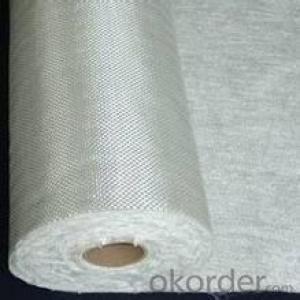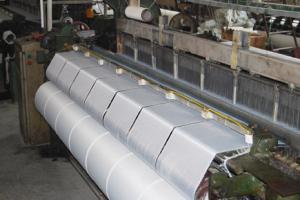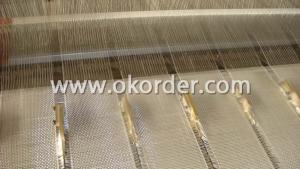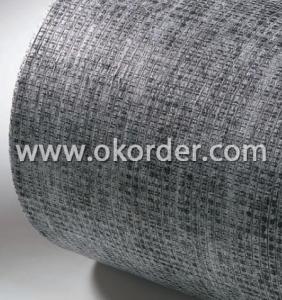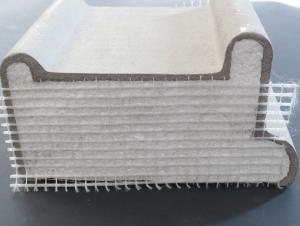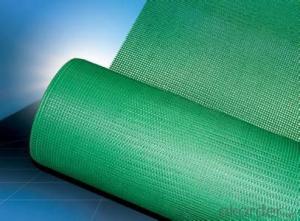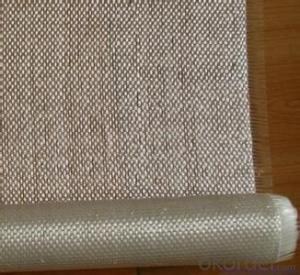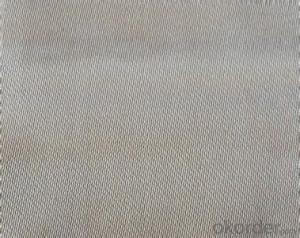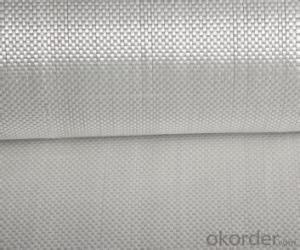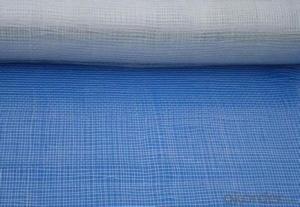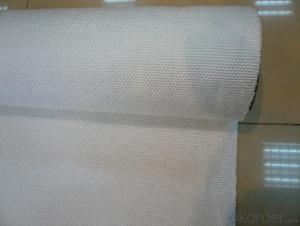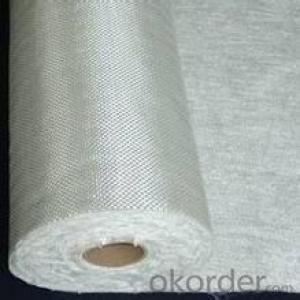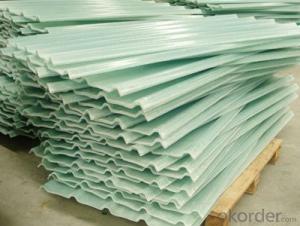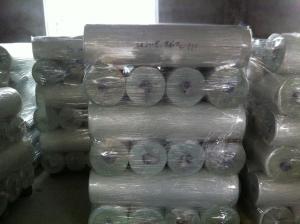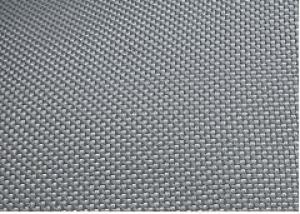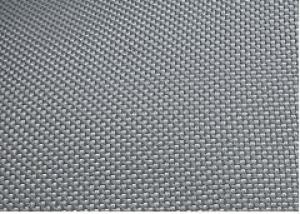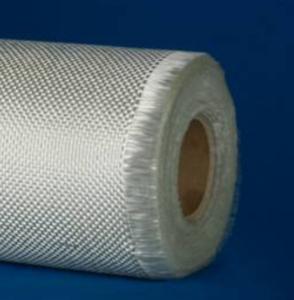Silica Fiberglass Fabrics
- Loading Port:
- China Main Port
- Payment Terms:
- TT OR LC
- Min Order Qty:
- -
- Supply Capability:
- -
OKorder Service Pledge
Quality Product, Order Online Tracking, Timely Delivery
OKorder Financial Service
Credit Rating, Credit Services, Credit Purchasing
You Might Also Like
Quick Details
| Type: | Place of Origin: | Brand Name: | |||
| Model Number: | Silica Fiber Cloth: | Silica Fiber Cloth material: | |||
| Silica Fiber Cloth MFG: | Silica Fiber Cloth thick: |
Packaging & Delivery
| Packaging Detail: | Silica Fiber Cloth package export carton box. |
| Delivery Detail: | 5-10 days. |
Specifications
1 Silica Fiber Cloth better than Silicaflex
2 Silica Fiber Cloth 96% SiO2 silica fiber
3 Silica Fiber Cloth high quality
1800°F / 982°C Continuous Exposure: Higher Intermittent
Silica Fiber Cloth
- Q: Can fiberglass fabric be used for reinforcement in aerospace structures?
- Aerospace structures can utilize fiberglass fabric as a reinforcement material. Fiberglass, known for its lightweight and high-strength properties, possesses excellent mechanical characteristics including high tensile strength and stiffness. It also exhibits a low coefficient of thermal expansion, which is beneficial in aerospace scenarios where temperature changes are likely. In composite structures, fiberglass fabric is commonly used as reinforcement, often combined with a resin matrix like epoxy or polyester. The fabric is impregnated with resin and then cured to form a rigid composite material. This material is employed in the production of various aerospace components such as aircraft wings, fuselage panels, and engine parts. An advantage of using fiberglass fabric as reinforcement in aerospace is its impressive resistance to corrosion. Unlike metals, fiberglass does not rust or corrode, making it suitable for harsh environments encountered during high-altitude flights or exposure to extreme weather conditions. Additionally, fiberglass is non-conductive, which is advantageous for aerospace structures requiring electrical insulation. Furthermore, fiberglass fabric is relatively cost-effective compared to other reinforcement materials like carbon fiber. This makes it an appealing choice for aerospace manufacturers striving for a balance between performance and cost efficiency. However, it is crucial to consider the specific application and requirements of the aerospace structure when selecting the appropriate reinforcement material. While fiberglass fabric offers numerous advantages, certain applications may demand even greater strength or specific properties better provided by other materials.
- Q: Is fiberglass fabric resistant to pests and insects?
- Yes, fiberglass fabric is generally resistant to pests and insects due to its synthetic composition and smooth surface, which makes it an unfavorable environment for them to thrive and cause damage.
- Q: Can fiberglass fabric be used for making filters for air purifiers?
- Fiberglass fabric is a great choice for creating air purifier filters due to its exceptional filtration properties. This material is highly effective at capturing and trapping airborne particles like dust, pollen, pet dander, and other allergens. By using fiberglass fabric filters, you can effectively eliminate these contaminants from the air, resulting in improved indoor air quality and a healthier living environment. Moreover, fiberglass fabric is both durable and resistant to high temperatures, making it perfect for long-lasting usage in air purifiers. However, it's important to be aware that when fiberglass is damaged or mishandled, it can release minuscule particles that may be harmful if inhaled. Therefore, it is crucial to handle and maintain fiberglass filters with caution to avoid any potential health hazards.
- Q: Is fiberglass fabric resistant to chemicals in oil and gas industry?
- Indeed, in the realm of the oil and gas industry, chemicals pose no threat to fiberglass fabric. Renowned for its extraordinary chemical resistance qualities, fiberglass fabric proves to be apt for a multitude of industrial uses, particularly within the oil and gas sector. Its resistance spans across a broad spectrum of chemicals, encompassing acids, alkalis, solvents, and hydrocarbons, which are frequently encountered in this industry. Furthermore, fiberglass fabric also demonstrates resistance against elevated temperatures, fire, and UV radiation, thereby establishing itself as a resilient and dependable material option for deployment in this field.
- Q: What is the dimensional stability of fiberglass fabric?
- The dimensional stability of fiberglass fabric refers to its ability to maintain its shape and size when subjected to various external factors such as temperature changes, moisture, and mechanical stress. Fiberglass fabric is known for its excellent dimensional stability, as it exhibits minimal shrinkage, expansion, or distortion over time. This property makes it highly suitable for applications where precise measurements and consistent form are crucial, such as in the construction industry or manufacturing of composite materials.
- Q: How does fiberglass fabric perform in filtration efficiency?
- Fiberglass fabric is known for its excellent filtration efficiency. It is widely used in various filtration applications due to its ability to effectively capture and remove particles from air or liquid streams. The fabric's intricate structure consists of tiny interwoven fibers that create a dense network of filtration media. This structure allows for high surface area and porosity, enabling the fabric to efficiently trap and retain even the smallest particles. The filtration efficiency of fiberglass fabric is primarily determined by its fiber diameter, thickness, and density. Smaller fiber diameters and higher fabric densities contribute to better filtration performance as they provide more opportunities for particle capture. Moreover, the fabric's electrostatic properties enhance its filtration efficiency by attracting and trapping charged particles. Fiberglass fabric has proven to be highly effective in removing a wide range of contaminants, including dust, pollen, mold spores, bacteria, and even certain gases and odors. Its exceptional filtration efficiency makes it a popular choice in applications such as HVAC systems, industrial dust collectors, automotive air filters, and water treatment systems. In summary, fiberglass fabric performs exceptionally well in filtration efficiency. Its unique structure, combined with its electrostatic properties, enables it to effectively capture and remove particles, making it a reliable choice for various filtration applications.
- Q: Can fiberglass fabric be used for electrical cables?
- Yes, fiberglass fabric can be used for electrical cables. Fiberglass fabric is known for its high electrical insulation properties, making it suitable for applications where electrical conductivity needs to be minimized. It can be used as an outer layer or insulation in electrical cables to protect against electrical shocks and short circuits. Additionally, fiberglass fabric is also resistant to heat, fire, and chemicals, which further enhances its suitability for electrical cable applications.
- Q: Can fiberglass fabric be used for insulation tapes?
- Yes, fiberglass fabric can be used for insulation tapes. Fiberglass fabric is known for its excellent thermal insulation properties, making it an ideal material for insulation tapes. It can effectively prevent heat transfer and provide insulation for various applications, such as electrical, HVAC, and industrial insulation. In addition, fiberglass fabric is also resistant to fire, chemicals, and moisture, making it a durable and reliable option for insulation tapes.
- Q: Can fiberglass fabric be used for insulation in telecommunications cables?
- Fiberglass fabric is indeed suitable for insulation in telecommunications cables. This fabric possesses exceptional thermal insulation properties, rendering it an optimal selection for the insulation of cables that carry electrical signals. Furthermore, it can endure high temperatures and exhibits resistance against fire, chemicals, and abrasion. Consequently, it provides a dependable and long-lasting solution for the insulation needs of telecommunications cables. Moreover, fiberglass fabric is lightweight, flexible, and easily manageable, which facilitates the installation and maintenance of cables. Its elevated dielectric strength guarantees the absence of interference with the electrical signals transmitted through the cables. Accordingly, fiberglass fabric is commonly employed as an insulation material in telecommunications cables, ensuring the protection of the cables and facilitating efficient and reliable signal transmission.
- Q: Can fiberglass fabric be used for reinforcement in pharmaceutical tanks?
- Yes, fiberglass fabric can be used for reinforcement in pharmaceutical tanks. It is a common choice due to its strength, durability, and resistance to corrosion and chemicals. Additionally, fiberglass fabric is lightweight and easy to handle, making it suitable for various industrial applications, including pharmaceutical tank reinforcement.
Send your message to us
Silica Fiberglass Fabrics
- Loading Port:
- China Main Port
- Payment Terms:
- TT OR LC
- Min Order Qty:
- -
- Supply Capability:
- -
OKorder Service Pledge
Quality Product, Order Online Tracking, Timely Delivery
OKorder Financial Service
Credit Rating, Credit Services, Credit Purchasing
Similar products
Hot products
Hot Searches
Related keywords
